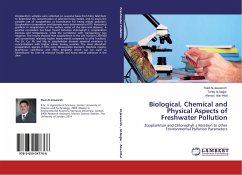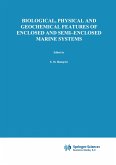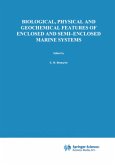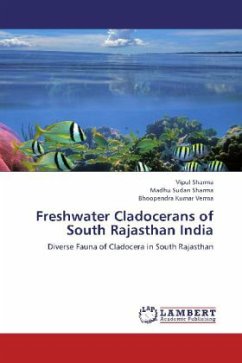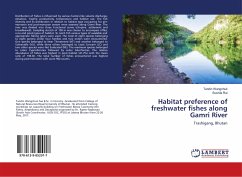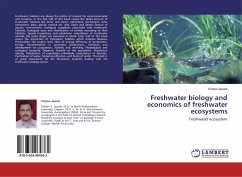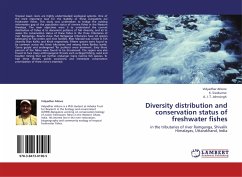Zooplankton samples were collected on seasonal basis from King Talal Dam to determine the concentration of selected heavy metals, and to assess the possible use of zooplankton as bioindicator for heavy metals pollution. Zooplankton composition and biomass were determined in KTD. Horizontal gradient in temperature of the surface water of the dam was absence. A positive correlation has been found between chlorophyll a, zooplankton biomass and temperature, while the correlation with transparency was negative. The results showed that zooplankton in the size fraction (350-500 µm) concentrate relatively higher heavy metals compared to othe fractions. The Zn, Cu, Pb and Mg in zooplankton showed seasonal variations in concentrations with higher values during summer. The most abundant zooplankton species in KTD were Mesocyclops leuckarti, Daphnia magna, Brachionus caliciflorus and Filina longiseta which can be used as bioindicator for over all reservoir health and heavy metals pollution in the dam
Bitte wählen Sie Ihr Anliegen aus.
Rechnungen
Retourenschein anfordern
Bestellstatus
Storno

